However, more and more research is showing that wild animals are also capable of self-medicating using ingredients available in nature. Although they do not have hospitals or pharmacies, they still know how to take care of their bodies in their own way.
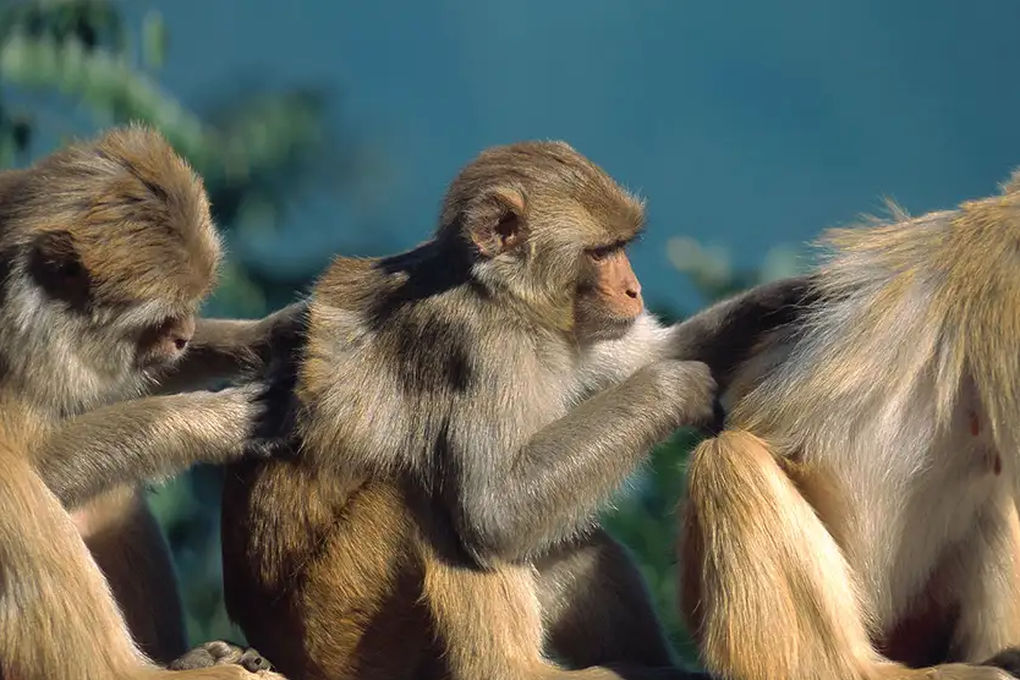
Illustration: Getty
A recent case that has made headlines is a Sumatran orangutan named Rakus. Scientists recorded him chewing the leaves of the Akar Kuning tree, a plant used in traditional medicine to treat dysentery, malaria, and diabetes. He then applied the sap to a wound on his face. This action was repeated several times.
The wound eventually healed without infection. This is believed to be the first documented case of a wild animal actively using a bioactive plant to treat a wound.
Not only orangutans, many other primates such as chimpanzees, monkeys, and white-handed gibbons also have similar behaviors. They have been observed eating bitter leaves, chewing tree bark, or rubbing plant-based substances on their bodies.
Some chimpanzees have been known to use insects to treat wounds and even help other members of their troop. While scientists are still studying the effectiveness of these methods, they demonstrate a rather sophisticated ability to care for themselves.

Chimpanzees were caught on camera applying insects to one of their wounds to treat themselves (Photo: New scientist).
Not limited to primates, this behavior also appears in many other species.
Goats, for example, may choose to eat plants with anthelmintic properties to eliminate parasites. Parrots and some other birds eat clay to neutralize plant toxins. Ants mix plant sap with formic acid to create antibacterial compounds to protect their nests. Some caterpillars are thought to deliberately eat poisonous plants to boost their immune systems or kill parasites.
The question is: How do these animals know how to "cure"?
Some scientists believe that this may be a learned behavior during social living, when young individuals observe and imitate adults.
Others suggest that the use of medicinal plants may originate from an accidental response, when an animal experiences pain relief or comfort after using a certain plant and then repeats the behavior.
Part of self-healing behavior is instinctive, but in species with complex social systems like apes or chimpanzees, learning and communication play an important role, experts say.
This suggests the possibility that human health care behavior may have begun in a common ancestor with primates.
Observing and studying the self-healing behavior of animals can provide valuable lessons. In this regard, the self-healing behavior of animals can help humans discover potential active substances that have not been previously known, in the context of antibiotic resistance becoming a global problem, and the search for new drugs from nature is becoming more urgent.
Most importantly, these findings remind us that animals are not simply instinctive creatures. They are capable of feeling, learning, and taking care of themselves.
A better understanding of the behaviour of the species that live with us will help foster respect and promote a sense of protection for nature, which is not only home to wildlife, but also the planet's shared "medicine cabinet".
Source: https://dantri.com.vn/khoa-hoc/dong-vat-hoang-da-tu-chua-benh-nhu-the-nao-20250804072937650.htm





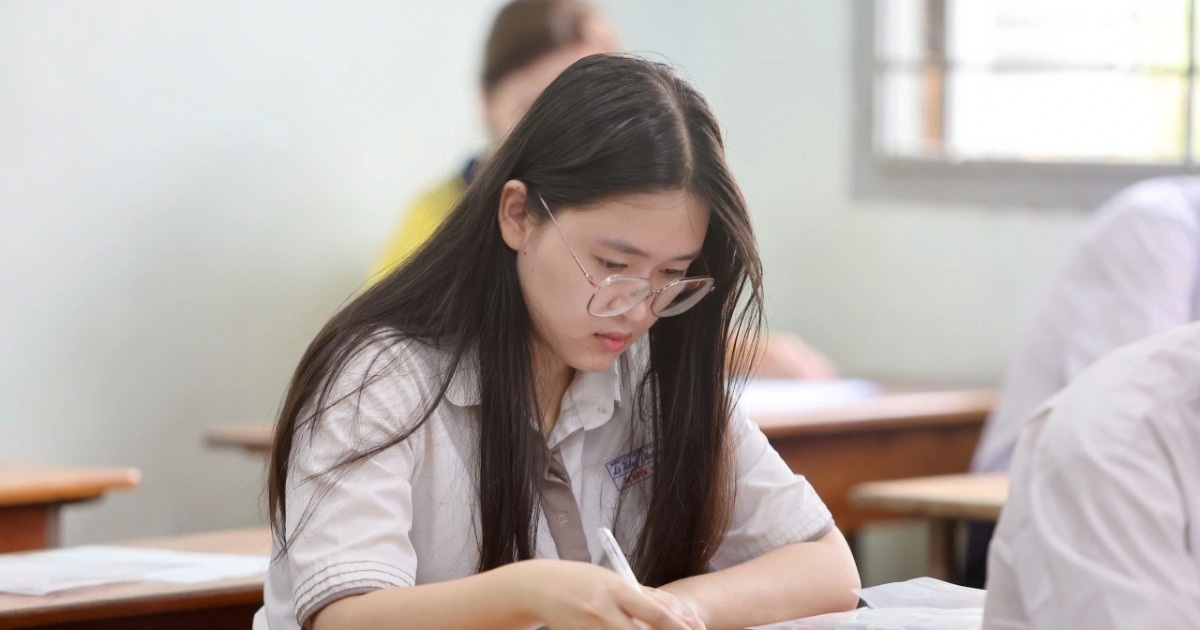
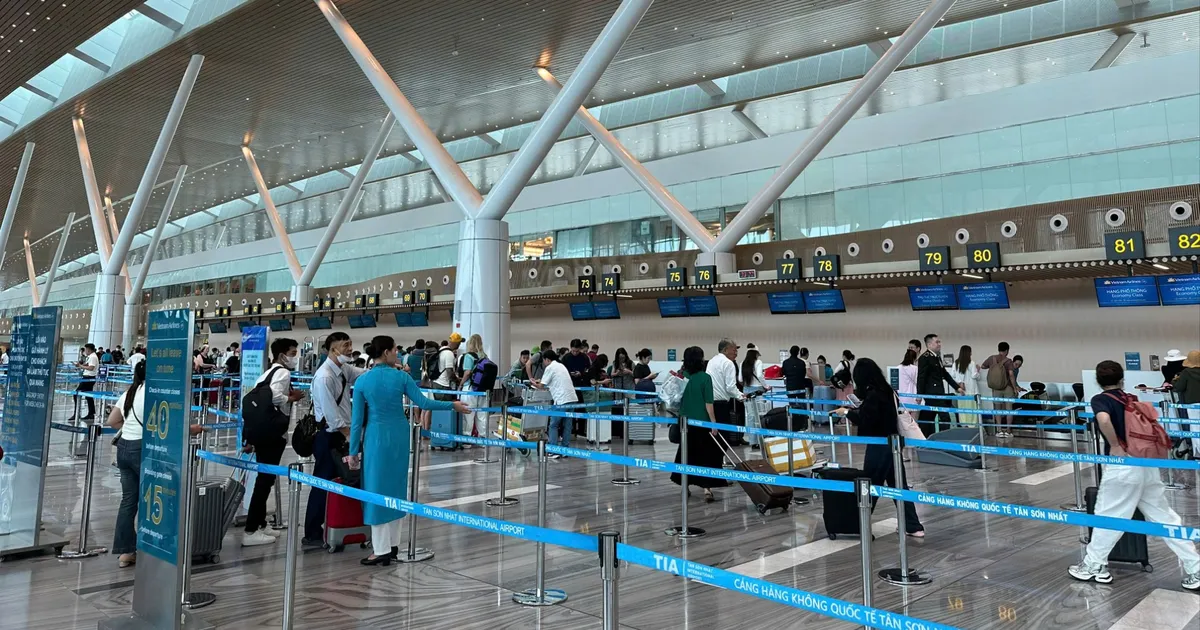



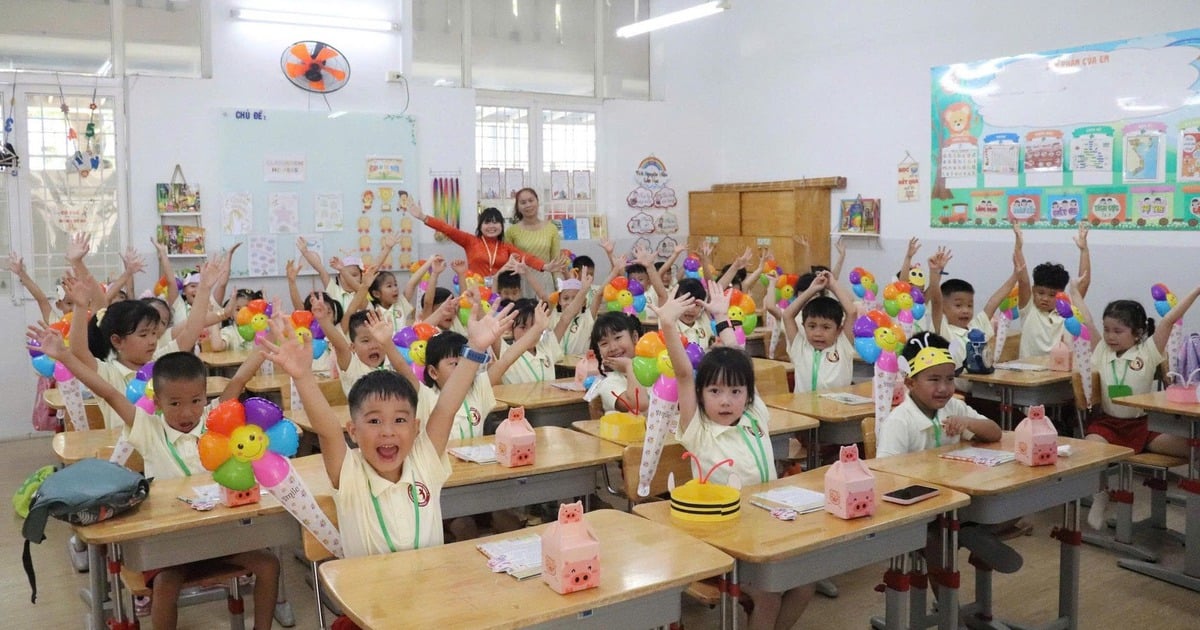

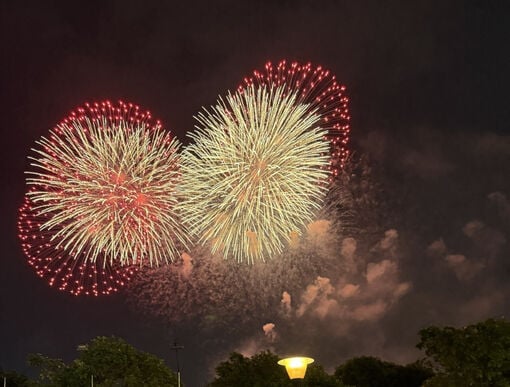















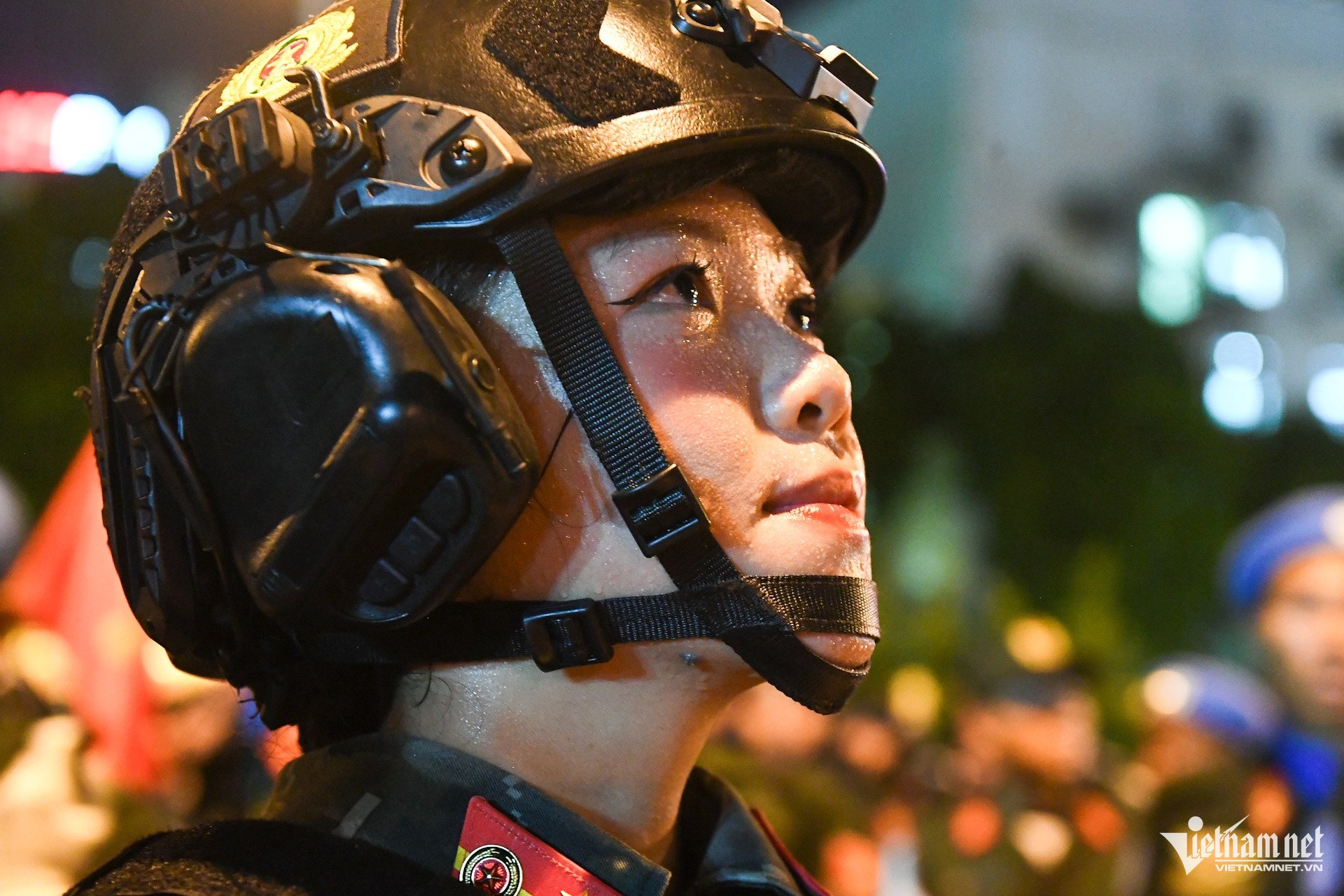











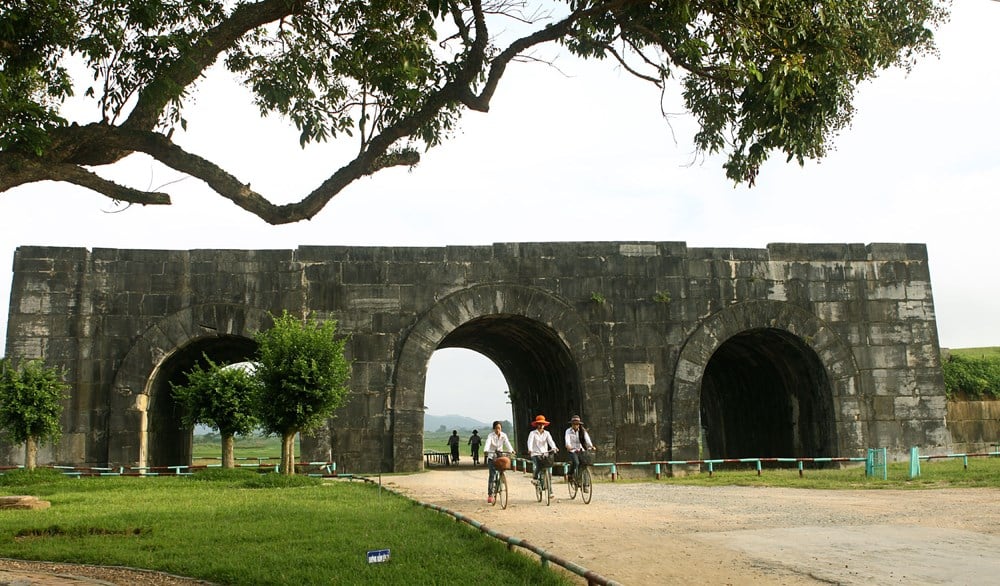



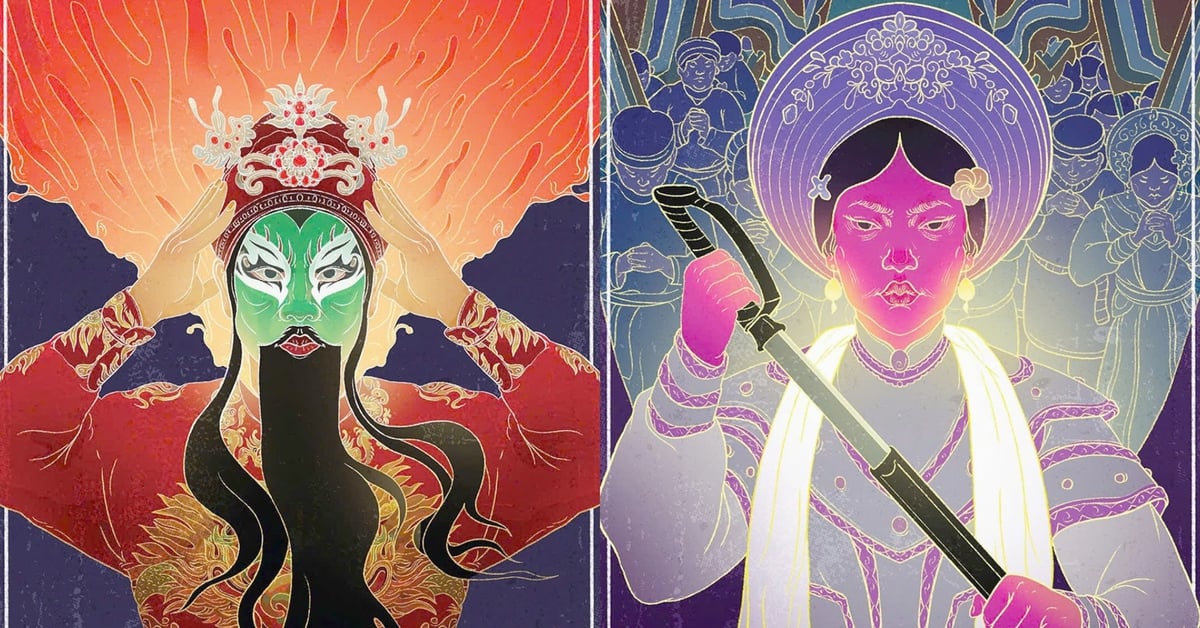


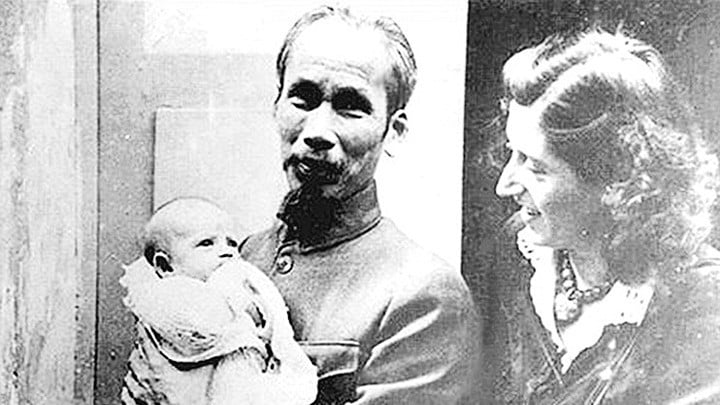













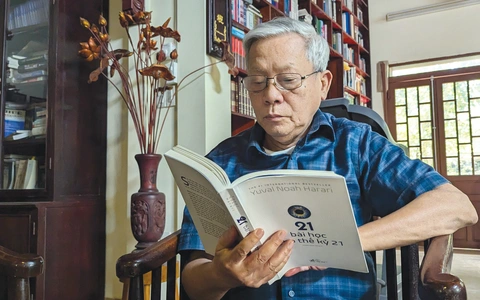
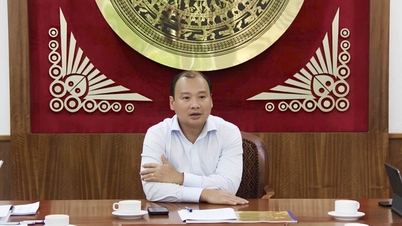







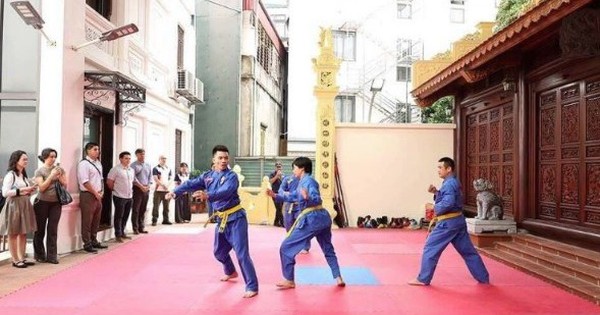

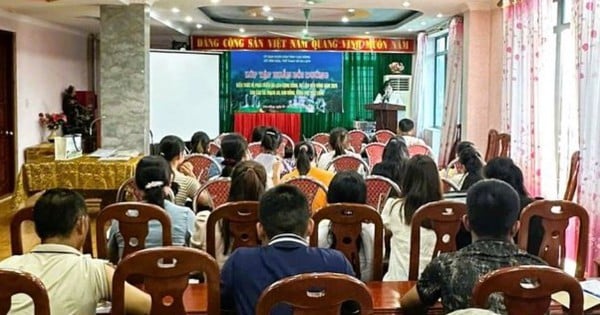












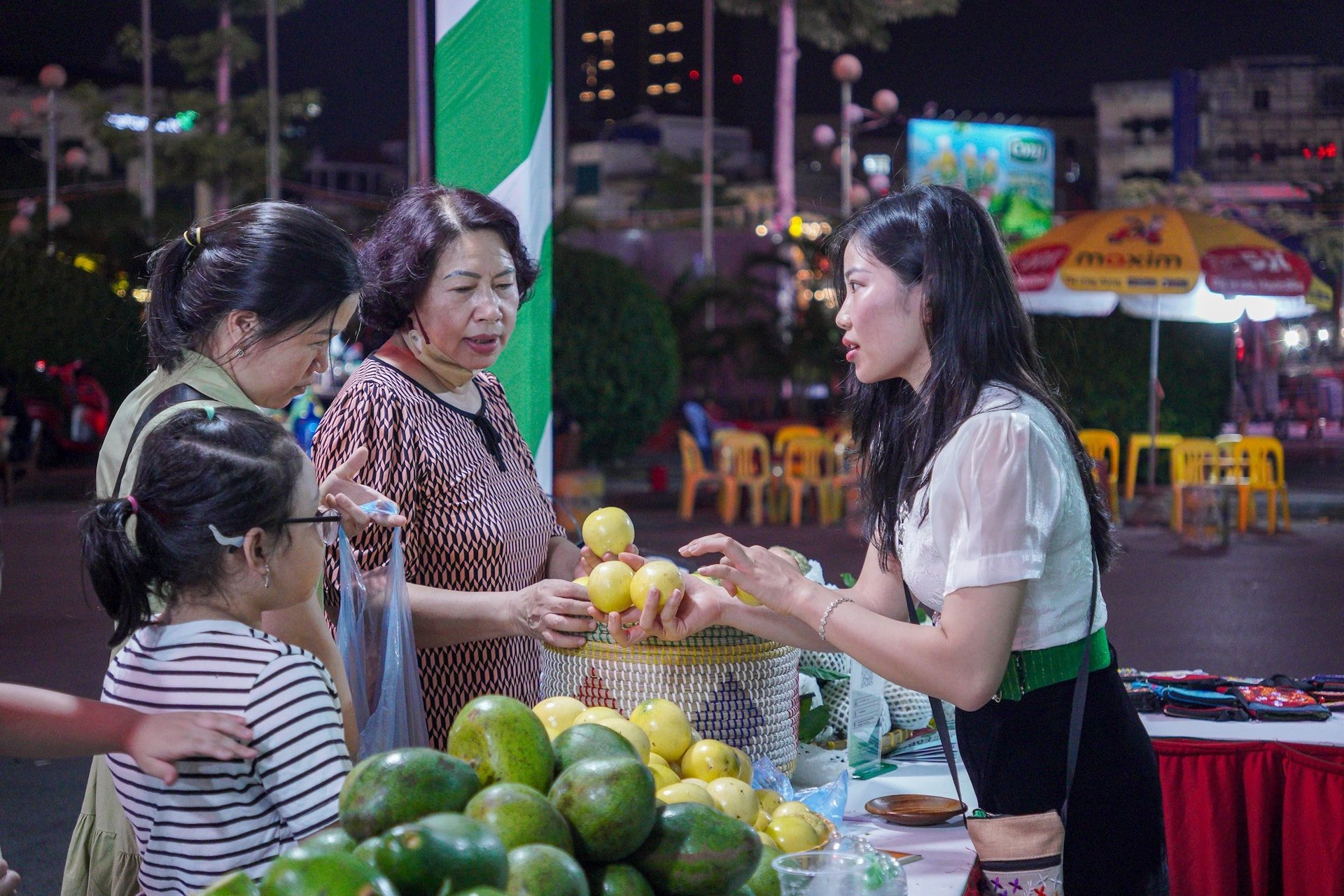
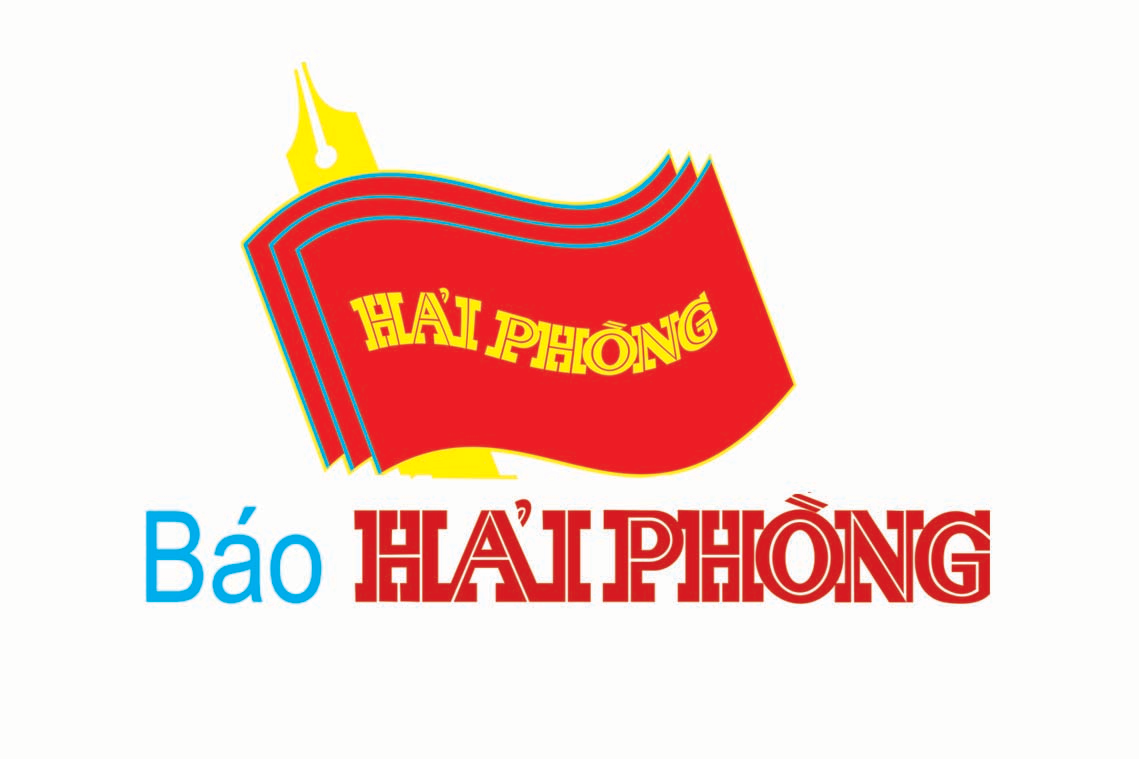









Comment (0)